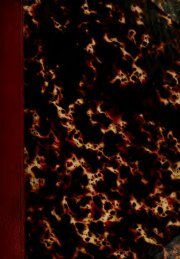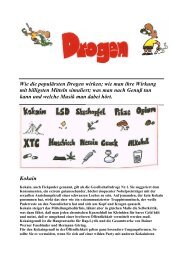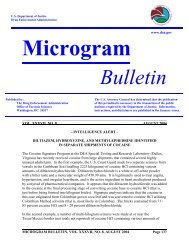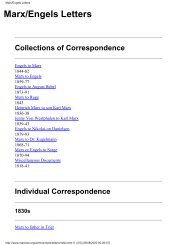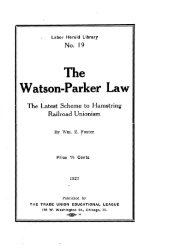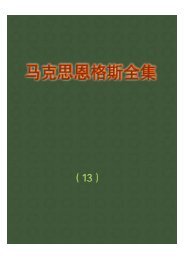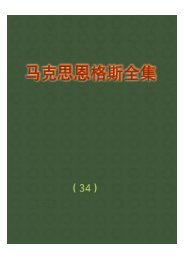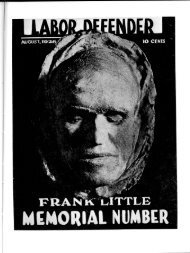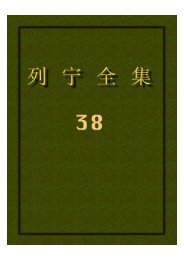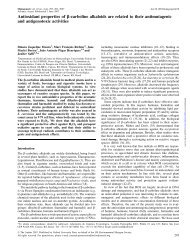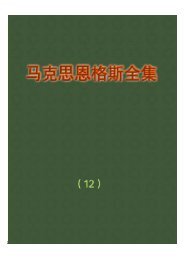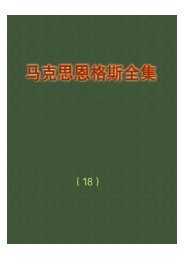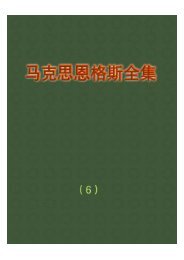Elfspice's Compleat Acacia Extraction Guide
Elfspice's Compleat Acacia Extraction Guide
Elfspice's Compleat Acacia Extraction Guide
Create successful ePaper yourself
Turn your PDF publications into a flip-book with our unique Google optimized e-Paper software.
Making the pH to 13 drives the tryptamines back into freebase form, in which<br />
they are insoluble in water. They are, however soluble in Non polar solvents, such<br />
as the ones described as suitable extraction solvents (ethyl ether, DCM and<br />
shellite/naptha). This property permits the separation of the freebase from the<br />
basified aqueous extract solution. Using a pH this high also eliminates emulsions.<br />
Add a quantity<br />
(100ml is a good<br />
amount for an<br />
extraction with an<br />
expected yield<br />
under 3g) of the<br />
extraction solvent to<br />
the basified<br />
solution.<br />
Close the container<br />
gently agitate,<br />
periodically vent to<br />
release pressure<br />
Separate the<br />
nonpolar solvent<br />
from the basified<br />
solution.<br />
go to table of contents<br />
Step 6 - Polar Wash<br />
The amount of solvent to use depends a lot on how<br />
much you expect to get from the plant material.<br />
As a rule of thumb, 100ml of naptha/shellite will<br />
dissolve about 1g of DMT, less is needed for<br />
dichloromethane and ether, though the amounts must<br />
be kept practical for the separation method being used.<br />
Also note that using an excess of solvent may result in<br />
more being extracted than desired. This is particularly<br />
the case with naptha.<br />
Some guides recommend heating the extraction<br />
solution to increase how much it draws across when<br />
doing this, I must stress that this will dramatically<br />
increase the amount of pressure that will be generated<br />
by the agitation, having almost lost my vision from not<br />
venting a jar of hot shellite and having the jar pop and<br />
spray everywhere, I don't recommend heating the<br />
solution at all.<br />
Some guides say 'keep the base cool and the solvent<br />
warm' - this is not physically possible, the heat in the<br />
total solution will very rapidly equalise, especially if it<br />
is shaken vigorously.<br />
Because the pH is high, at around 13, and because the<br />
solution has been thoroughly washed, it will not form<br />
stubborn emulsions, the differentiation of the layers<br />
usually is almost perfect within 5 minutes.<br />
It is not neccessary to wait long - 5 minutes of gentle<br />
agitation and 10 minutes of settling is usually long<br />
enough for each pass<br />
This step is done to eliminate any residual polar soluble contaminants present in<br />
the Non polar extraction. The main concern is the base itself (which burns hot<br />
and makes the product harsh), though there is also problems involving<br />
contamination from the aqueous fraction also, plant substances etc.<br />
Generally speaking the stuff washed in this step will not prevent crystallisation if



